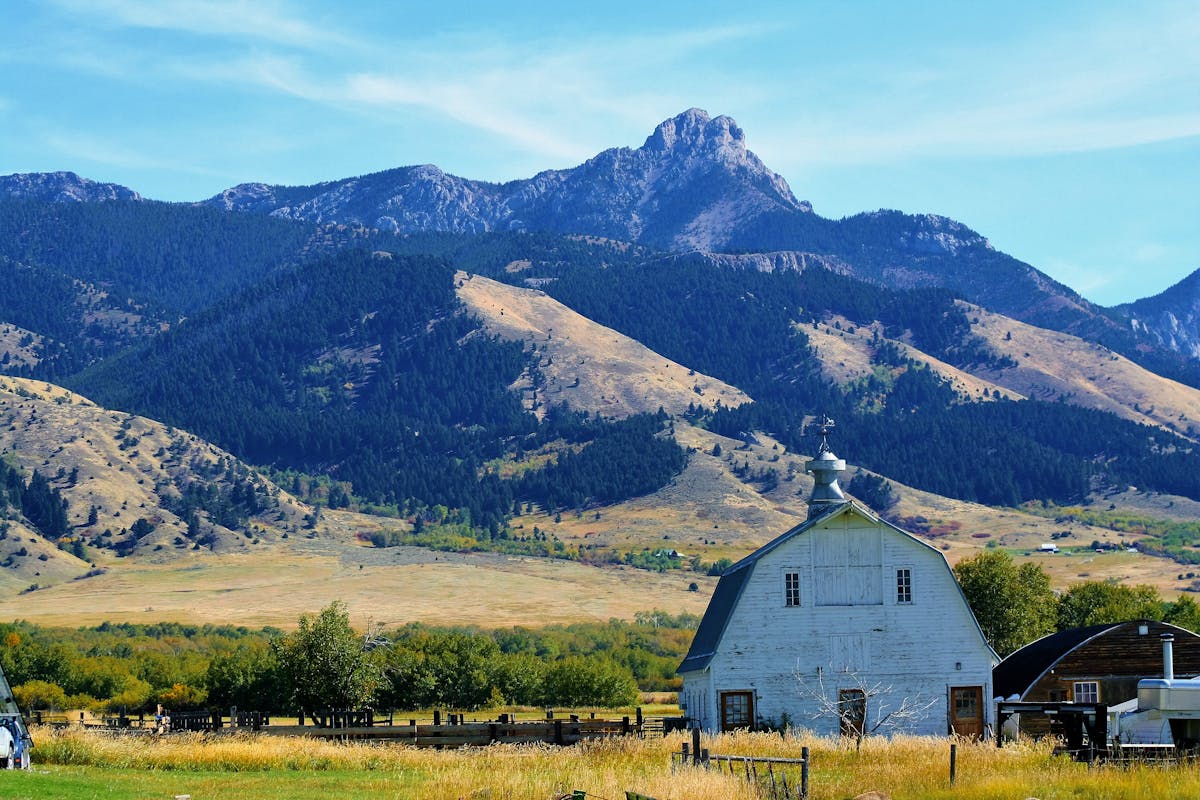Embarking on a backpacking trip along the scenic trails of Montana is an unforgettable experience, offering a deep dive into pristine wilderness, towering peaks, and vast, open skies. Montana, located in the northern United States, presents backpackers with challenges and rewards unlike anywhere else. From the rugged allure of Glacier National Park to the vast expanses of the Bob Marshall Wilderness, the opportunities for adventure are limitless.
Planning is key, and understanding the unique demands of the Montana landscape ensures a safe and enjoyable journey. This guide focuses on preparing you for the incredible experience of tackling Backpacking Trails Montana, especially regarding essential gear like clothing.
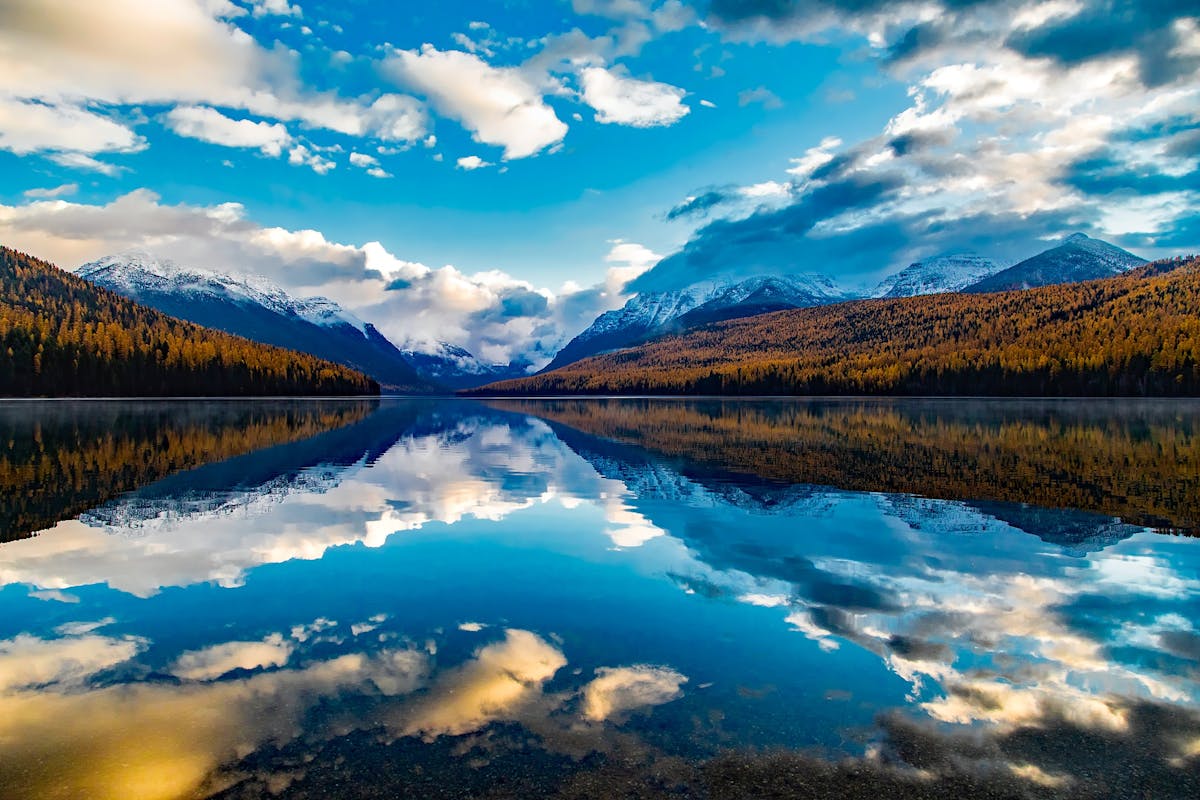
Packing the right clothing layers is absolutely critical for any venture onto Backpacking Trails Montana. The weather here can be notoriously unpredictable, changing rapidly from sunshine to rain, wind, or even snow, sometimes all in a single day. Proper layering allows you to adapt to these shifts, regulating your body temperature and staying comfortable, dry, and safe throughout your trek. It’s not just about staying warm; it’s about managing moisture and protecting yourself from the elements, which is paramount when exploring the remote beauty of Montana’s backcountry.
Layering is essential for comfort and safety on Backpacking Trails Montana.
Mastering the Layers for Backpacking Trails Montana
The principle of layering is simple yet incredibly effective. Instead of relying on one heavy item, you use multiple thinner layers that can be added or removed as conditions change. This system traps warm air between layers for insulation and allows moisture (sweat) to escape, keeping you dry. For Backpacking Trails Montana, where elevation changes and exposure are common, mastering this technique is non-negotiable.
The Base Layer: Your Skin’s Best Friend
The base layer is the foundation of your system, worn directly against your skin. Its primary job is to manage moisture. When you’re hiking Backpacking Trails Montana, you will sweat, and if that sweat stays on your skin, it will make you cold when you stop moving. A good base layer wicks this moisture away, transferring it to the outer layers where it can evaporate.
Choosing the right fabric is crucial for your base layer on Backpacking Trails Montana. Avoid cotton at all costs; it absorbs moisture and stays wet, leading to chilling and chafing. Synthetic materials like polyester or polypropylene, or natural fibers like lightweight merino wool, are excellent choices. They wick moisture effectively and retain some insulating properties even when damp. Different weights are available for various temperatures and activity levels.
The Mid-Layers: Providing Essential Warmth
Mid-layers are your primary source of insulation, designed to trap body heat and keep you warm. This layer can vary significantly depending on the expected temperature range and your activity level on Backpacking Trails Montana. In warmer conditions, a simple fleece or a long-sleeved shirt might suffice. In colder weather, you might layer a heavier fleece jacket, a down vest, or a synthetic fill jacket.
The versatility of mid-layers allows you to fine-tune your insulation. You can add or remove layers as you hike uphill (generating heat) or downhill (cooling down), or as the ambient temperature fluctuates throughout the day. Fabrics like fleece, down, or synthetic fills are ideal for mid-layers, offering warmth relative to their weight. Down provides excellent warmth-to-weight but loses insulating power when wet, while synthetics perform better in damp conditions, a frequent occurrence on Backpacking Trails Montana.
Proper layering keeps you comfortable throughout your journey on Backpacking Trails Montana.
The Outer Layer: Your Shield Against the Elements
The outer layer, often called the shell, is your protection against wind, rain, and snow. It should be windproof and water-resistant or waterproof while ideally still allowing moisture vapor (from your sweat passing through the base and mid-layers) to escape. This breathability is key to preventing you from getting wet from the inside out.
For Backpacking Trails Montana, a waterproof and breathable jacket is a vital piece of gear. Look for features like adjustable hoods, zippered vents (pit zips), and sealed seams. Pairing waterproof pants is also advisable. Shells come in various weights and levels of durability, from lightweight emergency jackets to robust, heavy-duty shells designed for harsh conditions.
Footwear: The Foundation of Your Hike
Your feet are your most important tools when exploring Backpacking Trails Montana, and choosing the right footwear is paramount. The terrain can be varied, from well-maintained paths to rocky, uneven, or muddy sections. Proper hiking boots or shoes provide support, traction, and protection.
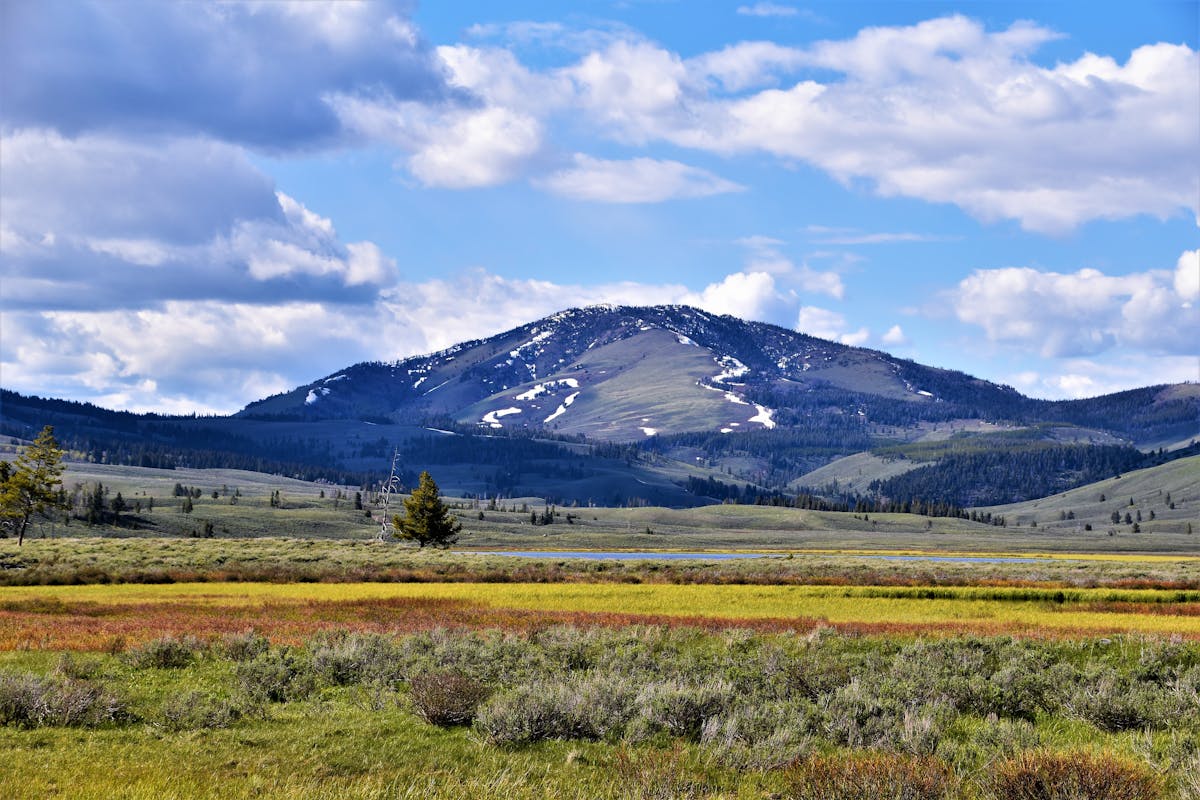
For most Backpacking Trails Montana, a sturdy hiking boot or shoe with good ankle support and an aggressive tread pattern is recommended. The level of insulation and waterproofing should match the expected conditions. Waterproof boots are often preferred due to potential creek crossings, rain, or snowmelt. Ensure your boots are well broken-in before your trip to avoid blisters, which can quickly derail your adventure.
Reliable footwear is essential for navigating diverse Backpacking Trails Montana.
Socks: The Unsung Heroes
Often overlooked, socks play a crucial role in foot comfort and health on Backpacking Trails Montana. Like base layers, avoid cotton. Wool (especially merino) and synthetic blends are the best choices. They wick away moisture, help regulate temperature, and reduce friction, minimizing the risk of blisters.
While clothing is vital, preparing for Backpacking Trails Montana involves much more. Thorough trip planning is essential.
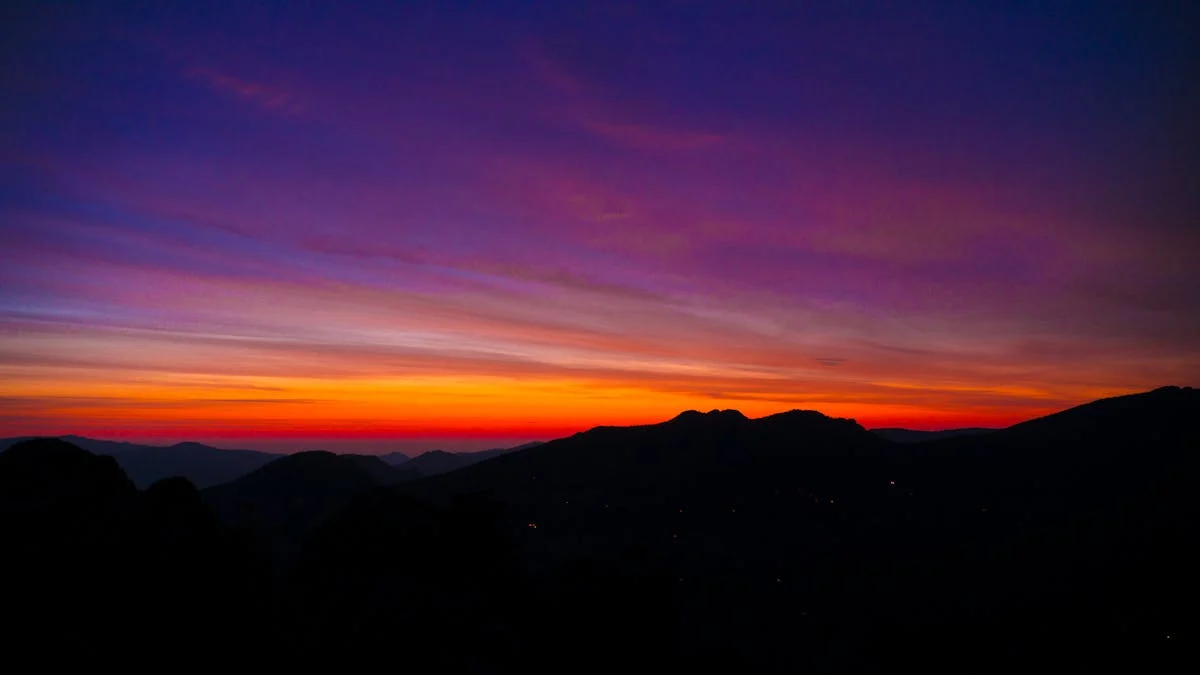
Consider bringing multiple pairs and changing them regularly, especially if your feet get wet. Sock liners (thin synthetic socks worn under your main hiking socks) can further reduce friction. Different sock thicknesses are available, offering varying levels of cushioning and warmth. Experiment before your trip to find the combination that works best for your feet and boots.
Beyond Clothing: Essential Considerations for Montana Backpacking
rch your chosen trail, understand the route, elevation changes, potential water sources, and campsite locations. Obtain necessary permits or reservations well in advance, as popular areas can book up quickly.
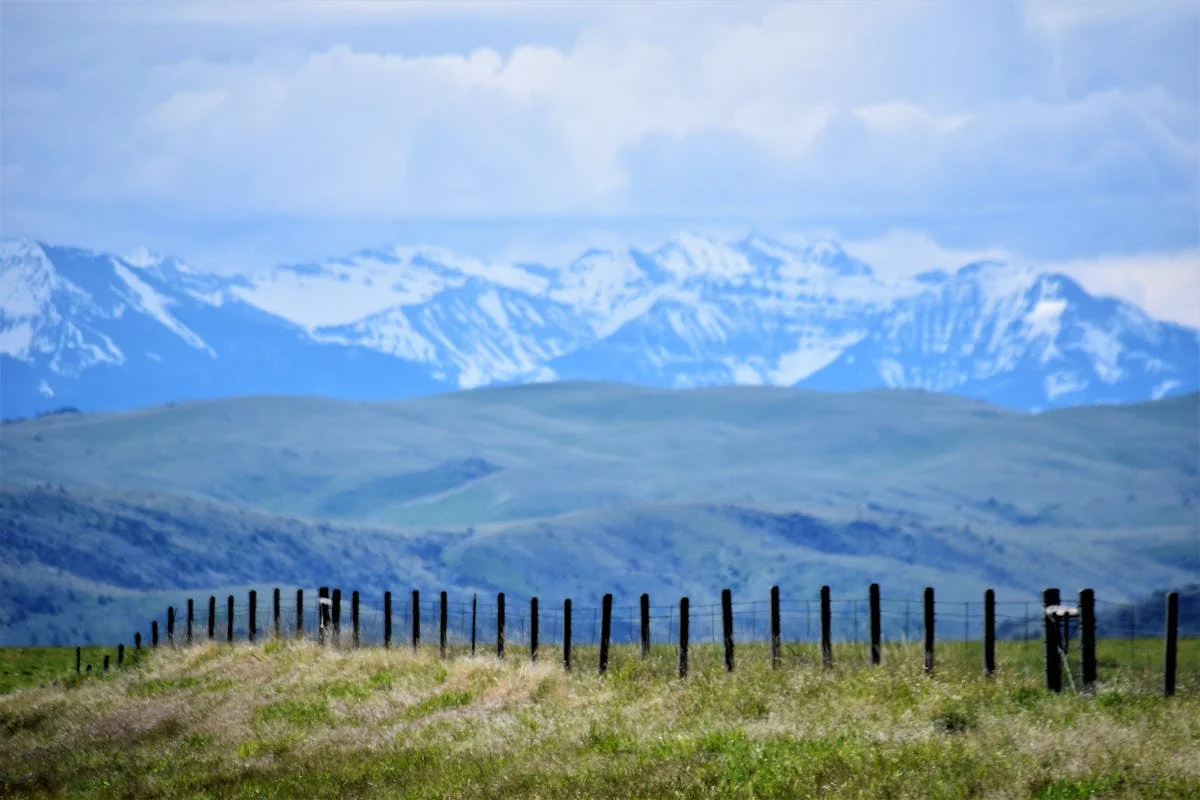
Safety is paramount in the Montana wilderness. Be prepared for wildlife encounters, especially with bears. Carry bear spray, know how to use it, and store food properly away from your tent. Understand the risks associated with changing weather, potential creek crossings, and navigation in remote areas. Always tell someone your itinerary and expected return time. Carry a map, compass, and potentially a GPS device or satellite communicator.
What to Eat in Fort Worth – A Culinary Deep Dive
11 Must-Visit places to go in nevada for Your 2025 Trip
12 Unforgettable Fun Things to Do in Vegas for Couples
Embrace the full experience when exploring Backpacking Trails Montana. Beyond the physical challenge, take time to appreciate the stunning natural beauty, the silence of the wilderness, and the connection to the land. Learn about the history of the area, its geology, and the ecosystems you are passing through. Consider how Leave No Trace principles apply to your journey, minimizing your impact on this precious environment. Backpacking here is more than just a hike; it’s an immersive adventure into one of the most wild and beautiful places in the world.
Explore the vast and stunning landscapes on Backpacking Trails Montana.
Frequently Asked Questions About Backpacking Trails Montana
When is the best time to go backpacking in Montana?
The best time for Backpacking Trails Montana is typically from late June through September. This period generally offers the most stable weather, warmer temperatures, and trails free of significant snow. However, conditions can vary greatly depending on elevation and specific location. Shoulder seasons (late spring/early fall) can be beautiful but require extra vigilance regarding weather and snowpack.
Are permits required for Backpacking Trails Montana?
Yes, many areas, particularly within national parks (like Glacier) and wilderness areas (like the Bob Marshall), require permits for overnight backpacking. It is crucial to research the specific regulations for your planned route and obtain permits well in advance, as they can be competitive, especially for popular trails during peak season.
How should I prepare for wildlife, especially bears, on Montana trails?
Wildlife encounters are possible on Backpacking Trails Montana. Be ‘bear aware’ at all times. Make noise while hiking (talk, sing) to avoid surprising animals. Carry EPA-approved bear spray and know how to deploy it quickly. Store all food, trash, and scented items securely away from your tent, preferably using a bear canister or hanging method, in accordance with park or forest regulations. Do not feed any wildlife.
What other essential gear should I pack besides clothing?
Beyond proper layering and footwear for Backpacking Trails Montana, essential gear includes a reliable tent, sleeping bag rated for the expected temperatures, sleeping pad, backpack, navigation tools (map, compass, GPS), headlamp, first-aid kit, water filter or purifier, food (stored properly), stove and fuel, knife or multi-tool, sun protection (sunscreen, hat), and insect repellent.
How difficult are the Backpacking Trails Montana?
The difficulty of Backpacking Trails Montana varies widely. There are trails suitable for beginners, gentle day hikes, and extremely strenuous multi-day routes involving significant elevation gain, rough terrain, and navigation challenges. Researching the specific trail’s length, elevation profile, and condition is essential to choosing a route that matches your experience level and fitness.
Conclusion: Gear Up and Explore Backpacking Trails Montana
Preparing adequately for your adventure on Backpacking Trails Montana, especially by understanding the importance of proper layering and gear selection, lays the groundwork for an incredible experience. These trails offer unparalleled access to raw wilderness, breathtaking scenery, and a chance to disconnect from the everyday world. With the right preparation, the stunning landscapes and challenging terrain of Montana await. So, gear up, plan wisely, and step out onto the trails that promise adventure, discovery, and unforgettable memories.

